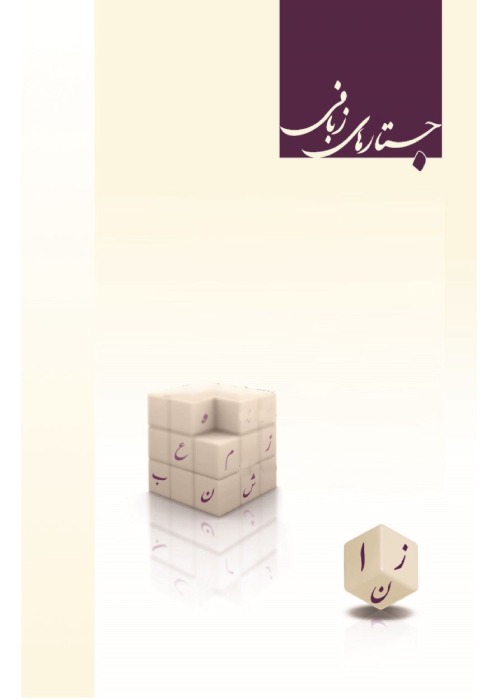Semantic Changes of Common Words and Expressions in Prison Language according to the Social Variables of Gender, Age, Education, and Status
The linguistic variety spoken by the prisoners and the words and expressions used by them in their conversations has attracted a lot of attention. This variety is sometimes so different from the one used outside the prison walls that it is almost unfathomable for those who have never been exposed to it. This variety is idiosyncratic in terms of phonology, morphology, and semantics. The study of prison language and its relevant words and expressions is of great significance from sociolinguistic, psycholinguistic, cognitive linguistic, and criminology points of views. Due to significance and the paucity of domestic linguistic studies on the prison language, this study, within the framework of sociolinguistics, made an attempt to bring the semantic features into considerations and delve into the semantic changes of related words and expressions in the prison language with respects to the four variables of gender, age, education, and social status and respond to the following two research questions: First, What are the main semantic changes of words and expressions in the language of prison? Second, what are the relationships between semantic changes and the four variables of gender, age, education, and social status? In order to collect the data, observation and interviews were utilized. The data included 615 and 496 idioms and expressions used by male and female prisoners respectively (total expressions amounted to 1111). The number of all interviewees was 70, consisting of 20 females from Rey Prison and 50 males from four prisons of Raja’ee Shahr, Ghezelhesar, Fashafooye, and Tehran. The results showed that four semantic processes of metaphor, Irony, metonymy, and semantic degradation accounted for the main sources of semantic changes of words and expressions in the language of prison. Regarding the effects of the four variables of gender, age, education, and social status on these semantic processes, it was concluded that gender did not bring about any significant change in the speech of male and female prisoners, though it was effective on the frequency of use of those semantic processes. Some expressions were specific only to men and some were female specific. Out of the other three variables (age, education, and social status), the two variables of education and social status had the most effects on the use of semantic changes among the prisoners. The effect of age is more than that of social status and education and is less than that of gender. In sum, it can be concluded that as education and social status increase, the use of words and expressions in the language of prison decreases. In contrast, as education and social status decrease, the prisoners are more influenced by the language of prison and they use more semantic processes in their speech.
- حق عضویت دریافتی صرف حمایت از نشریات عضو و نگهداری، تکمیل و توسعه مگیران میشود.
- پرداخت حق اشتراک و دانلود مقالات اجازه بازنشر آن در سایر رسانههای چاپی و دیجیتال را به کاربر نمیدهد.



